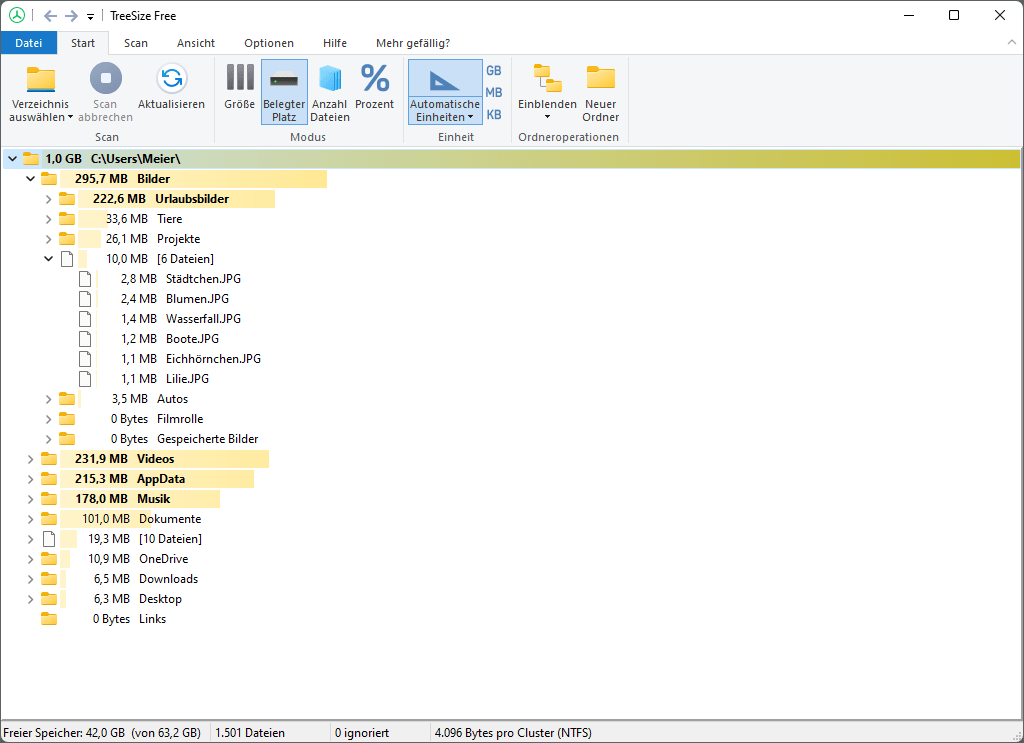

The app also supports the analysis of external storage devices. You can export the disk space analysis to a CSV, text or HTML report. You can choose to clean up files from within the app. The moment you select the directory you want to scan, it pops up their list with size, percentage and file count. It has a familiar Windows Explorer-like interface and you would instantly relate to it. If you are looking for a file analyzer with minimal features and zero learning curve, then RidNacs should be the one. You even get a graphical representation of the same and some of them even go ahead in printing the analysis. They analyze the files on your disk and report information such as file size, file percentage, and duplicate files. They are significantly small in size and give you substantial information about your storage.

So, here is where 3rd party Disk Space Analyzers come in. The left panel of the program shows the folder and file sizes in a familiar File Explorer-like display, while the right side displays a pie chart for visualizing each folder's disk usage.ĭisktective is relatively user-friendly, but it's hindered by a few key limitations: the export-to-HTML feature doesn't produce a very easy-to-read file, you can't delete or open folders or files from within the program, and the size units are static, meaning they're all either in bytes, kilobytes, or megabytes (whatever you choose).That’s it, you cannot see file names, file size or even apply custom filters. You can choose any folder on any hard drive that's plugged in, including removable ones, as well as the entire hard drives. This one is portable and takes up less than 1 MB of disk space, so you can carry it with you on a flash drive.Įach time Disktective opens, it asks what directory you want to scan. Unable to delete files directly from the program.Īn update hasn't been released since 2010.ĭisktective is another free disk space analyzer for Windows.


 0 kommentar(er)
0 kommentar(er)
